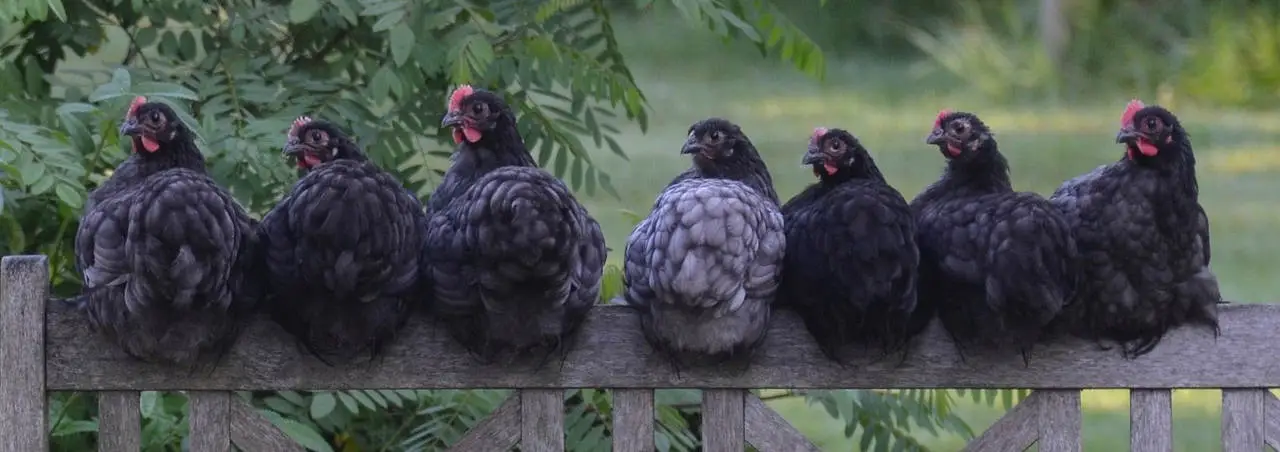Avian Influenza - or Bird Flu - is a viral infection that predominantly affects birds, but is is now being found to pose a risk to other species including farm animals. Poultry, of course, has been the main focus for quite some time, but now cows have been found to have the virus in their milk in the USA. The potential for cross contamination is becoming more of a threat to Canadian as well as American Farmers. Agriculture plays a significant role on the economy of North America and Bird Flu is becoming a threat to our economy as well as immense implications for animal health and public health.

Nature and Transmission of Bird Flu
Avian Influenza - Bird Flu - has several strains capable of infecting different animal species. The virus is usually transmitted through direct contact with infected birds. Contaminated surfaces and airborne particles from infected birds is also a risk. Waterfowl and migratory birds play a considerable role in the spread of Bird Flu due to their migratory patterns and can introduce Bird Flu to new areas.
Impact of Avian Flu on Farms
Bird Flu is primarily a concern for poultry producers, like chicken and turkey farmers. The risk to grazing livestock is relatively low but the consequences can be serious. Mixed farming practices where cattle and poultry are on the same farm has a higher risk of transmission.
Grazing livestock such as cows may come into direct contact with infected birds - wild or domestic, through shared water, feeding areas or pastures where wild birds may be in close contact with livestock. Barns are often favoured by nesting pigeons and starlings for their protective environment and close proximity to food. Bird Flu may also be transmitted indirectly through contaminated equipment, feed, and through people. Bird flu can be present in the environment where a lot of birds congregate - like a water pond and the soil around the pond.
An outbreak of Bird Flu can impose enormous economic losses due to decreased productivity, the cost of veterinarians and medications for the animals, quarantine and even possible culling of infected animals to prevent the spread of the virus.
What are the Public Health Risks of Avian Flu?
The risk of Bird Flu transmission to humans remains very low, although the potential is there. A few people have been infected, usually by handling infected birds. Symptoms of Bird Flu in humans is very similar to seasonal influenza - fever, chills, runny nose, cough, headache, nausea. A flu vaccine in humans does not protect you against Bird Flu.
Mitigating the Dangers of Bird Flu
Both, Canada and the US, have surveillance programs in place to monitor Poultry,
wild birds and livestock. Collaboration with Agriculture Stakeholders and State / Provincial Authorities enhances surveillance efforts. The response to any Bird Flu outbreak is quick and decisive: rapid diagnosis, quarantine, humane culling of infected and exposed animals, cleaning and disinfection, and biosecurity measures to prevent the spread of the virus. Biosecurity measures can include controlled access to the farms and grazing areas, ensuring proper sanitation and disinfection controls. Surveillance programs also include testing wild birds. Additionally, efforts should be made to prevent wild birds commingling with domestic poultry. Poultry is the most at risk of all farm animals. Millions of chickens have already been culled because of small numbers in a flock testing positive for H5N1 Bird Flu in the US. This is causing the price on chicken and eggs to increase dramatically. To date, in Canada, Bird Flu has not been found in farm animals.
Farmers and farm workers are educated about Bird Flu and mitigation strategies and have taken on strict management and disinfection protocols. The general public also needs to be aware of the risks associated with Bird Flu and prevention measures. Government agencies in both Canada and the US have introduced Public Awareness Campaigns about avian influenza and reporting procedures. Any suspected Bird Flu should be immediately reported to public health. Do not handle any dead birds that may be found on a nature walk. Don’t pick up bird feathers to add to your collection.
At Hawkeye Bird and Animal Control, we take the health of our birds of prey and our people very seriously. After returning from a bird control job, the birds are quarantined in separate aviaries. Anyone coming into the aviaries must disinfect before entering and upon leaving. All of our equipment used by or for our birds is regularly disinfected. Our birds are visually inspected every day. We care about you and our birds of prey.
Avian Influenza is an ongoing concern and can pose significant dangers to farm livestock in North America that impacts animal health, our economy as well as public health. While the risk of transmission to grazing livestock is quite low, and even lower for transmission to humans, the potential consequences of illness and disease in any livestock can have dire repercussions. Ongoing surveillance is an absolute necessity for North America and globally to protect livestock and public health.














